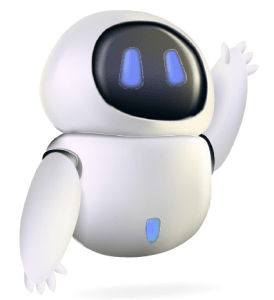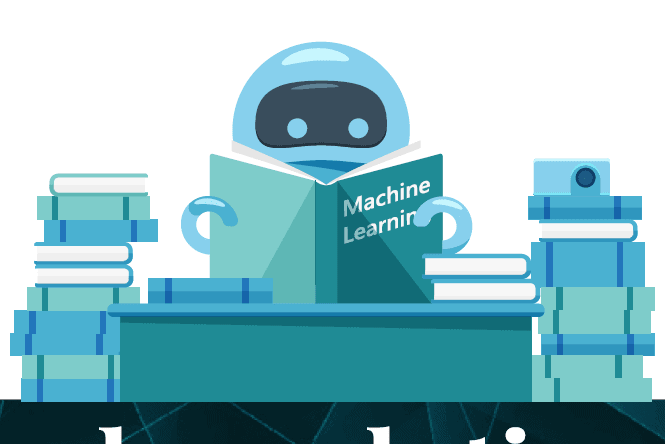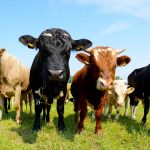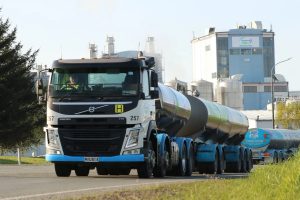
Data-driven technology is already commonplace on New Zealand farms, and more is predicted.
Artificial intelligence (AI) and machine learning are already powering technologies on New Zealand dairy farms and look set to drive the sector into what’s being called the fourth agricultural revolution or Agriculture 4.0.
Sensors that can measure a myriad of factors such as soil moisture, plant yields and health, rumen pH, animal activity, milk quality, nutrient applications, vat temperatures and GPS-linked locations, to name but a small number, are recording greater quantities of data than ever before.
And, thanks to leaps in computing power and machine learning advances, that data is being developed into systems and products at an exponential rate that provide decision tools or even carry out tasks onfarm.
The reliability and effectiveness of those tools relies heavily on the robustness and accuracy of the data they’re collecting and on the sheer quantity of that data.
The more input and output data there is for machine learning computations to analyse, the better able they are to create algorithms that will more accurately “do the thinking” for us.
From taking over mundane jobs to better managing complex decisions, AI and digitally developed tools and systems could create step changes in productivity gains in numerous ways.
They’re also being touted as game-changers when it comes to environmental management by enhancing the management of resources such as water, monitoring nutrient or greenhouse gas (GHG) outputs and even having the ability to tweak systems and processes based on input and output monitoring.
They have relevance at a farm level but regulators and policymakers are pricking up their ears at their relevance at a catchment, regional and even national scale for both informing policy and developing regulations as well as monitoring compliance.
The alerts sounding internationally over setting guard rails for how AI is developed, managed and governed for systems, especially generative AI such as ChatGPT, should also be heeded in the agri-tech arena.
According to United States futurist Amy Webb, AI developers are now scraping as much data as they can from the internet to train models – not just what you’re searching but what’s happening around you while you’re doing it.
It’s not just about collecting information on you to sell you what they think you want, it’s about creating systems that can think like you do. Data collection is becoming part of nearly every aspect of farming too and the more widespread requirements for reporting and sharing that data means there should be more urgent discussion over data privacy and data security.
DairyNZ senior scientist Callum Eastwood has published several papers on the transition to digital agriculture.
He and colleagues at DairyNZ, AgResearch and Lincoln University have highlighted the need for some caution over how the myriad of data being collected is handled.
They’ve identified a number of barriers to the successful uptake and development of digital agriculture.
Farmers can be concerned about losing autonomy and control to providers of digital technology and worried they could be locked into technology packages.
New models of data ownership and governance need to be developed that are transparent and inspire trust, Callum says.
Including farmers and other stakeholders in not only the design of the technologies but also the design of the data ownership and governance structures will help instil trust and may increase technology uptake.
Overcoming barriers is going to be important if digital agriculture technology, typically focused on improving productivity and efficiencies onfarm, is going to be successfully transitioned to a broader bio-economy context, Callum says.
The bio-economy goes beyond the farm gate and includes the wider value chain. It takes into account use of biological resources and considers society and policies.
The bio-economy concept is increasingly being used in policy, strategy and regulation setting particularly in developing initiatives for sustainable production.
The Ministry for Primary Industries (MPI)-led “Fit for a Better World” vision strategy is an example.
There are questions over whether a move towards more digital agriculture, Agriculture 4.0, AI and technology is compatible with a bio-economy agenda that is looking towards sustainability and community wellbeing with shifts away from perceptions of “industrial agriculture,” Callum says.
It’s important then to show how technology developments improve working conditions, work/life balance and enhance wellbeing of animals, people, the environment and the community in both large and small-scale operations.
There’s a perceived risk, real or not, of data becoming concentrated in the hands of a few larger tech firms as well as technology being taken up by larger-scale farming operations rather than smaller, single farms.
Tech companies want more data but they’re not going to want to share it with competitors.
More data, better algorithms, better products. But the proprietary nature of the data means it’s difficult for a third party to verify the products are based on sound information.
Algorithms and products developed on data collected from northern hemisphere cows may not be suitable for pasture-fed cows in grazing situations for example.
An app may tell a farmer action is required based on a trigger alert but the trigger point may not be right for NZ cow systems resulting in farmers taking unnecessary action and incurring unnecessary costs.
A fear by farmers over the ability, or rather the inability, of technology products to talk to each other can make them reticent about investing.
Cow wearable technology and automatic drafting system compatibility is an example.
“As technology develops, farmers who have already made significant investments in tools and technology-driven systems and infrastructure want the new technology to be compatible.
“If it’s not, they’re not going to invest.
“If there’s no compatibility farmers can be faced with having to enter the same data on multiple platforms.”
Responsible Agriculture 4.0 innovation should have public-private collaboration.
By including farmers, technology developers, policymakers, consumers and rural professionals in the development process, new technologies have a better chance of being more effective within farm systems and a better chance of farmers seeing value in using them.
The collaborative approach is more likely to identify unintended consequences too.
Definitions
 Artificial general intelligence (AGI)
Artificial general intelligence (AGI)
the ability of computer systems to adapt to new situations and problems through its ability to learn by analysing data.
Generative artificial intelligence (generative AI)
the ability for computer systems to create, currently used in reference to art, written work, video. ChatGPT is generative AI.
Artificial intelligence (AI)
the ability of computer systems to perform tasks that usually require human intelligence such as decision making, visual or speech recognition. Uses algorithms and data to determine decisions and actions.
























